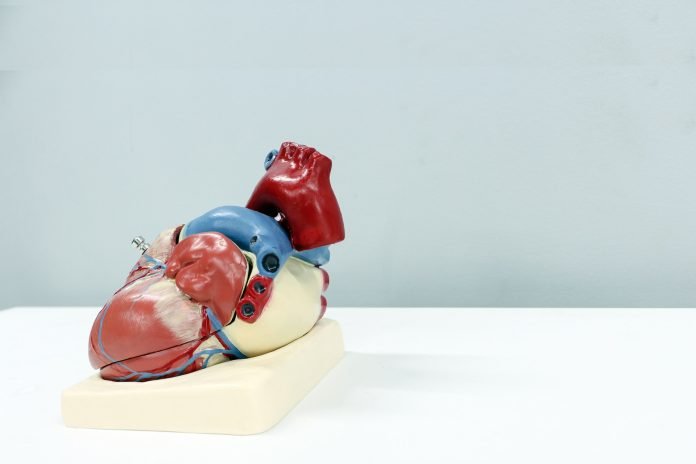
A new study has found that a type of light therapy called photobiomodulation (PBM) may help delay age-related diseases in mice.
PBM has been shown to be helpful in treating a range of health issues. Researchers wanted to see if it could also help prevent heart disease in middle-aged mice.
Heart disease is a common health problem, especially in older people. About 20% of Americans over the age of 65 have been diagnosed with heart disease, which is the leading cause of death in the United States.
Researchers wanted to know if PBM could help prevent heart disease from getting worse as mice aged.
The study found that PBM therapy improved the heart function of middle-aged mice. It also reduced the thickness of their heart muscles.
When the heart muscle gets thicker, it becomes less effective at pumping blood.
The study also showed that PBM improved the way the mice walked on a treadmill, which suggested that their neuromuscular coordination had improved.
The experiment involved exposing mice to a low dose of near-infrared light using an overhead LED light source. The mice were exposed to the light for two minutes each day, five days a week.
One group of mice had severe heart disease, which is usually fatal. After receiving PBM therapy, their heart disease didn’t get worse, and their survival rate was 100%.
The study showed that PBM therapy triggers the production of a substance called transforming growth factor beta (TGF-β1), which plays an important role in human health and disease.
TGF-β1 helps to regulate stem cell activity, inflammation, and immune system function. This may partly explain why light therapy works.
Light therapy can only be effective if it’s used correctly. It’s important to use the right wavelength (color), intensity (dose), and length of exposure.
Some types of light, like ultraviolet light and laser light, can be harmful. But the study suggests that long-term exposure to a low dose of near-infrared light in a safe way may help with heart health and longevity.
The next step is for researchers to conduct human clinical trials to see if the same results can be replicated in people. If it works, PBM therapy could be a helpful way to prevent or delay age-related diseases.
Heart disease is a broad term used to describe a range of conditions that affect the heart.
These conditions can include problems with the heart muscle, heart valves, blood vessels, or the rhythm of the heartbeat. Heart disease can develop slowly over time or can be present from birth.
Some common risk factors for heart disease include high blood pressure, high cholesterol, smoking, obesity, and a family history of heart disease.
Other factors that may contribute to heart disease include a sedentary lifestyle, stress, and an unhealthy diet.
Symptoms of heart disease can vary depending on the type of condition a person has, but some common signs include chest pain or discomfort, shortness of breath, fatigue, and irregular heartbeat.
In some cases, heart disease may not cause any noticeable symptoms until it has progressed to a more advanced stage.
Treatment for heart disease may include medications, lifestyle changes, and, in some cases, surgery. Medications may be used to control blood pressure, reduce cholesterol, or regulate heart rhythm.
Lifestyle changes may include eating a healthy diet, exercising regularly, quitting smoking, and reducing stress.
Surgery may be necessary in cases where there is significant damage to the heart or blood vessels, such as with a heart attack or blocked arteries.
If you care about heart disease, please read studies that mild thyroid diseases can cause severe heart problems, and one cup of nitrate-rich vegetables a day keeps heart disease at bay.
For more information about heart health, please see recent studies about the root causes of heart rhythm diseases, and results showing how to reduce blood pressure to prevent heart disease.
The study was conducted by Sunayana Begum et al and published in Lasers in Surgery and Medicine.
Copyright © 2023 Knowridge Science Report. All rights reserved.



